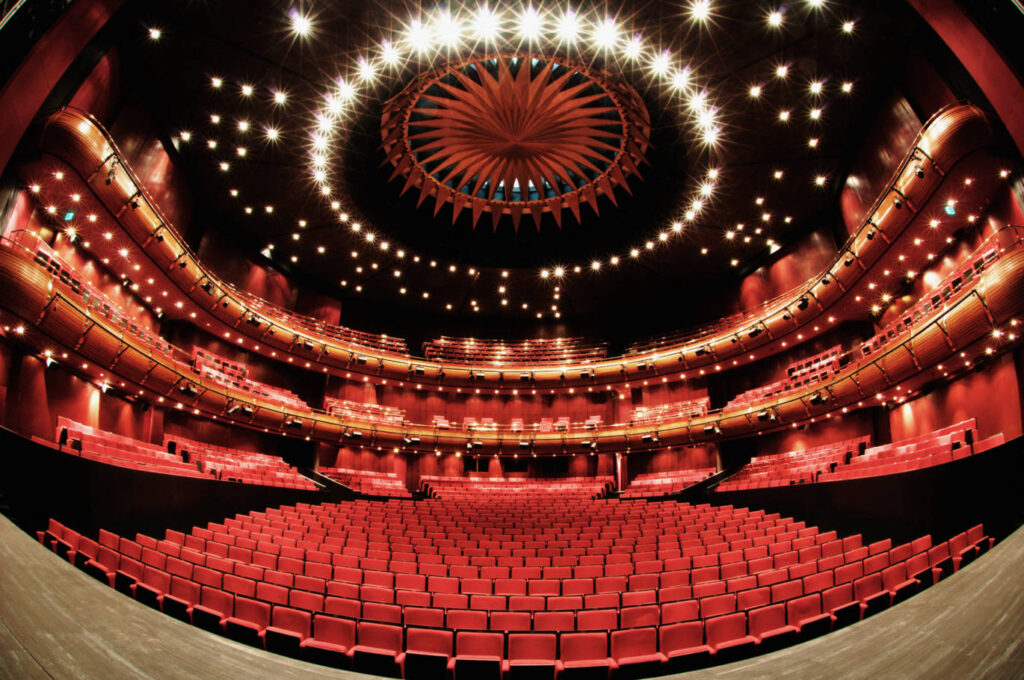An Introduction to the Palace of Peace and Reconciliation
The Palace of Peace and Reconciliation, located in Astana, Kazakhstan, is a magnificent building that stands as a symbol of peace, prosperity, and progress. The building was constructed in 2006 and was designed by the famous British architect, Sir Norman Foster. It is a unique structure that combines Islamic and Christian traditions, and is a place of worship for both religions. It also serves as a meeting place for international conferences on topics such as world peace, conflict resolution, and sustainability.
The Palace of Peace and Reconciliation is a stunning piece of architecture that stands out among the other buildings in Astana. It is a magnificent structure that stands at a height of 160 meters, with a total area of over 18,000 square meters. Its design is a combination of traditional Islamic and Christian symbols, and is decorated with intricate patterns and ornaments. The interior of the building is also decorated with beautiful artwork, and also contains a library, a theater, and a museum.
The History and Significance of the Palace of Peace and Reconciliation
The Palace of Peace and Reconciliation was commissioned by the former president of Kazakhstan, Nursultan Nazarbayev, in 2006. It was designed as a symbol of peace and unity between the different religions and cultures of the world. Its aim is to promote understanding, tolerance, and dialogue among the different cultures of the world. The structure was officially opened on June 1, 2006, by the then president of Kazakhstan, Nursultan Nazarbayev.
The Palace of Peace and Reconciliation is also home to the Congress of World and Traditional Religions, which is an international forum for religious leaders from around the world. The forum is held every three years and serves as a platform for religious leaders to discuss global issues and to promote mutual understanding and cooperation.
Inside the Palace of Peace and Reconciliation
The Palace of Peace and Reconciliation is a beautiful structure that contains an array of interesting features. The main entrance is located under a large dome, which is decorated with intricate patterns and artwork. Inside the palace, there are several rooms, including a library, a theater, and a museum.
The library contains a large collection of books on various topics, such as world religions, philosophy, and history. The theater is a spacious area that can seat up to 800 people. It is used for hosting concerts, performances, and lectures. The museum contains a variety of artifacts and artworks related to Kazakhstan’s culture and history.
The building also contains a large conference hall, which is used for hosting international conferences and meetings. It is equipped with modern audio-visual equipment and can accommodate up to 1,000 people.
The Palace of Peace and Reconciliation is also home to the Astana Opera House, which is one of the finest opera houses in the world. It hosts numerous concerts, ballets, and operas throughout the year.
Conclusion
The Palace of Peace and Reconciliation is an impressive building that stands as a symbol of peace, harmony, and understanding. It was commissioned by the former president of Kazakhstan, Nursultan Nazarbayev, in 2006 and was designed with the aim of promoting global peace and understanding between different cultures and religions. The building is home to a library, a theater, a museum, and a conference hall, and is also the venue for the Congress of World and Traditional Religions. The palace is an impressive structure that is a must-visit for anyone visiting Astana.

